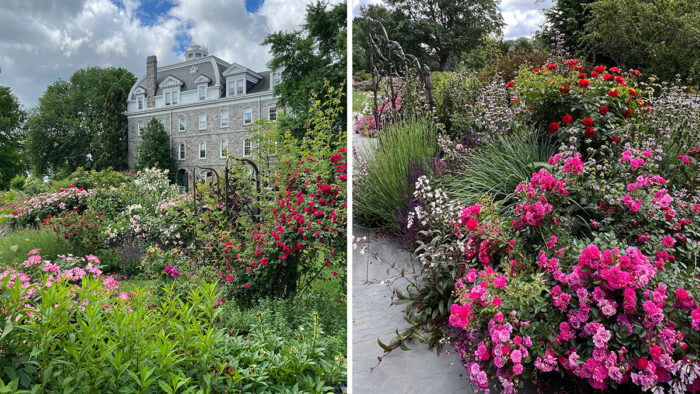
The proverb “Beauty is only skin deep,” written by Thomas Overbury in 1613, is intended to encourage one to look beyond external physical beauty and discover what is hidden under the surface. Looking deeper often fosters a fuller understanding of an individual, which is more important than what can be viewed easily by the naked eye. This is also apropos when gazing upon a healthy, vibrant rose. As with all things that produce chlorophyll, knowing the basic needs of the individual is paramount. Similarly, to achieve beautiful results, a rose requires an understanding of its underlying needs. But before we delve into basic rose care, I’d like to provide a bit of context.
For many decades the primary focus of rose hybridizers was to produce high-quality blooms for the cut-flower industry. Little emphasis was placed on garden-worthiness. As a result, our national floral emblem developed a reputation for being disease prone and difficult to care for. Luckily, there has been a resurgence of rose breeders producing disease-resistant roses that are resilient from the inside out. Provided basic cultural requirements, these new tough and adaptable roses will not need any additional input to keep problems at bay.
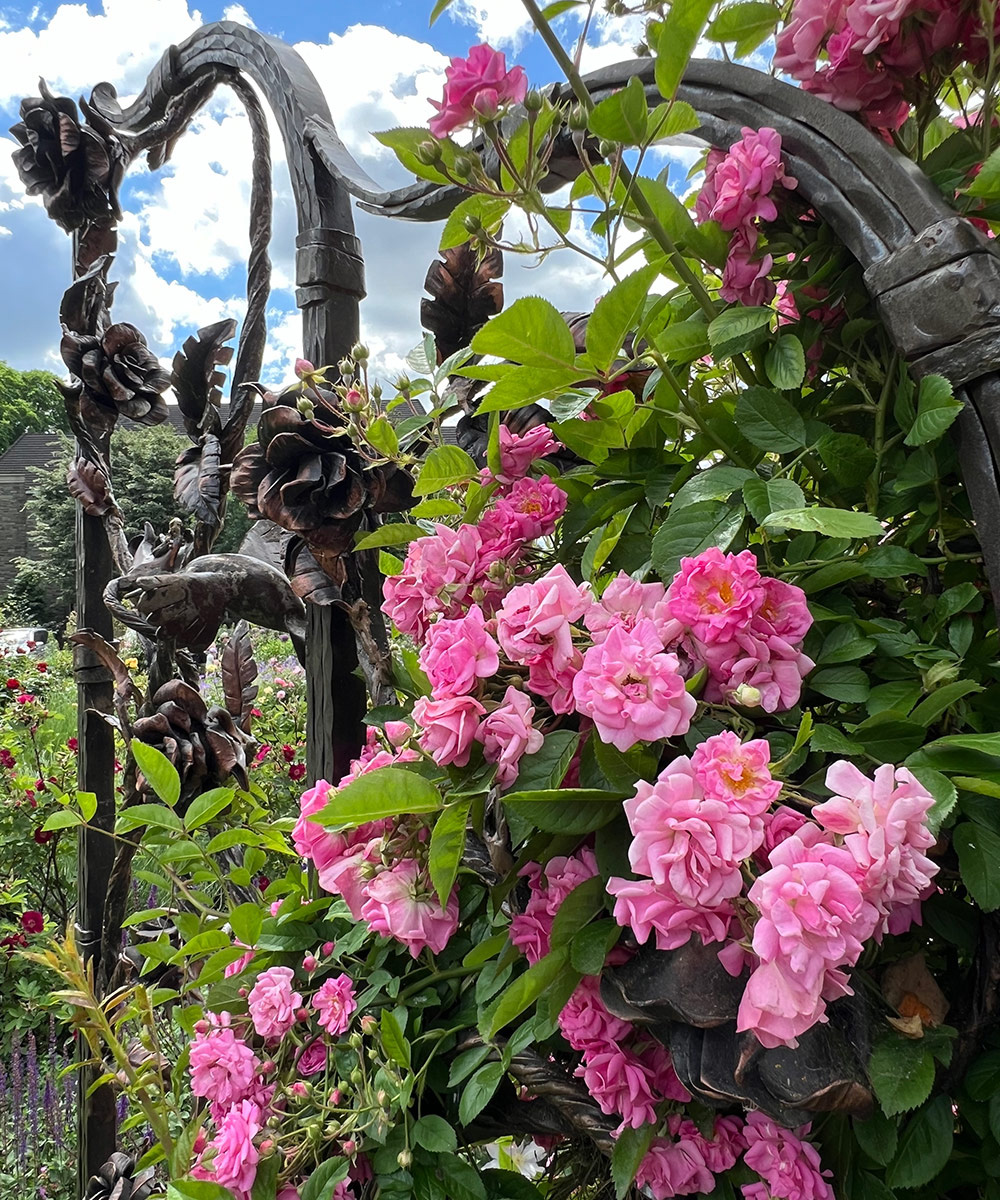
Creating the right growing environment
The right soil recipe for roses
As is true with most plants, a healthy soil that meets the needs of the individual is of utmost importance.
Roses prefer:
- Slightly acidic soil with a pH of 6.5
- Loamy, well-drained soil
- Soil that is high in organic matter to allow for proper nutrient exchange and microbial activity
Amending soil for rose health
If you have poor-quality soil, adding quality compost as mulch on a yearly basis will gradually aid in improving soil health and structure. A 50/50 blend of wood chips and leaf compost is a fantastic option, but it is important that the woodchips be properly composted. Mulching yearly is also greatly beneficial in helping to keep weeds at bay, protecting the soil surface, and creating a consistent, even moisture level.
Note: Wood chips in their fresh state require nitrogen during the decomposition process. If you add an uncomposted product to the soil surface, it will draw nitrogen from the soil to aid in this process. Since nitrogen is a vital resource for proper plant health, a deficiency in the soil will have an adverse effect on your roses.
Manage rose pests and diseases naturally
When growing roses, create an environment that encourages life. By allowing natural processes to occur within the soil strata and the environment surrounding each specimen, a system of checks and balances creates an equilibrium. Still, you may see some damage from the following pests, which prey on rose bushes.
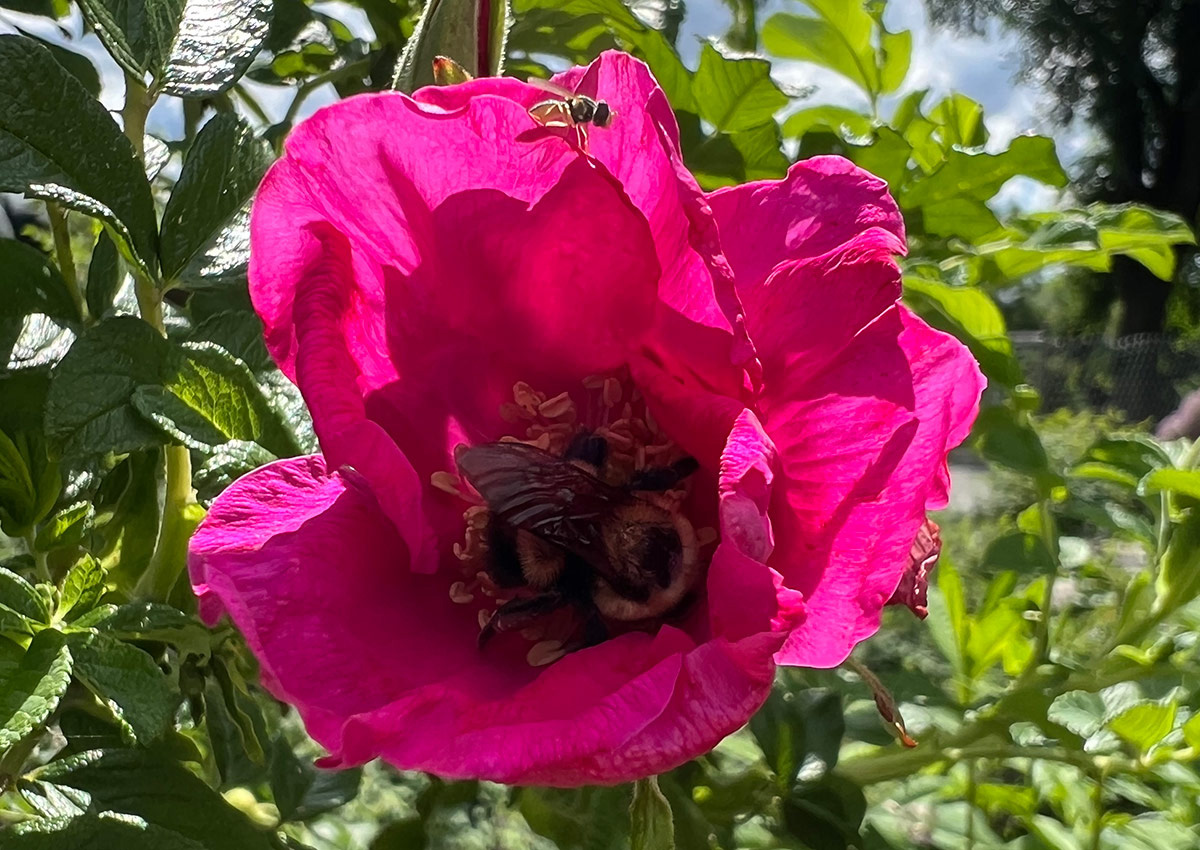
Common rose pests
- Rose chafers
- Japanese beetles
- Aphids
- Thrips
Some of these pests can be managed naturally with beneficial insects such as lady beetles, assassin bugs, and our native praying mantis, which feed on aphids and thrips. Opt to use only organic products, and avoid products that will be detrimental to these friends of the gardener. You may see some damage from insects such as rose chafers and Japanese beetles if you opt to only use organic products, but there are methods to control beetles and chafers without resorting to toxic chemicals. More information can be found here.
Common rose diseases
While rose diseases can be concerning, there is no need to intervene as long as these problems do not reach a threshold that will cause long-term harm to the plant. See tips for managing these below.
- Powdery mildew
- Black spot
- Cercospora leaf spot
- Rose rosettes disease (more on this below)
One of the best ways to keep diseases at bay is to provide proper spacing for each rose to allow for good airflow and light penetration between plants. High-humidity environments or moisture on the leaf surface are conditions that often lead to diseases. As a result, avoid overhead watering as much as possible. If overhead watering is the only option, do so in the early morning on a clear day so that the leaf surfaces have time to dry before nightfall. Speaking of light, a minimum of 6 hours of direct sunlight per day is best. Learn more about managing powdery mildew here.
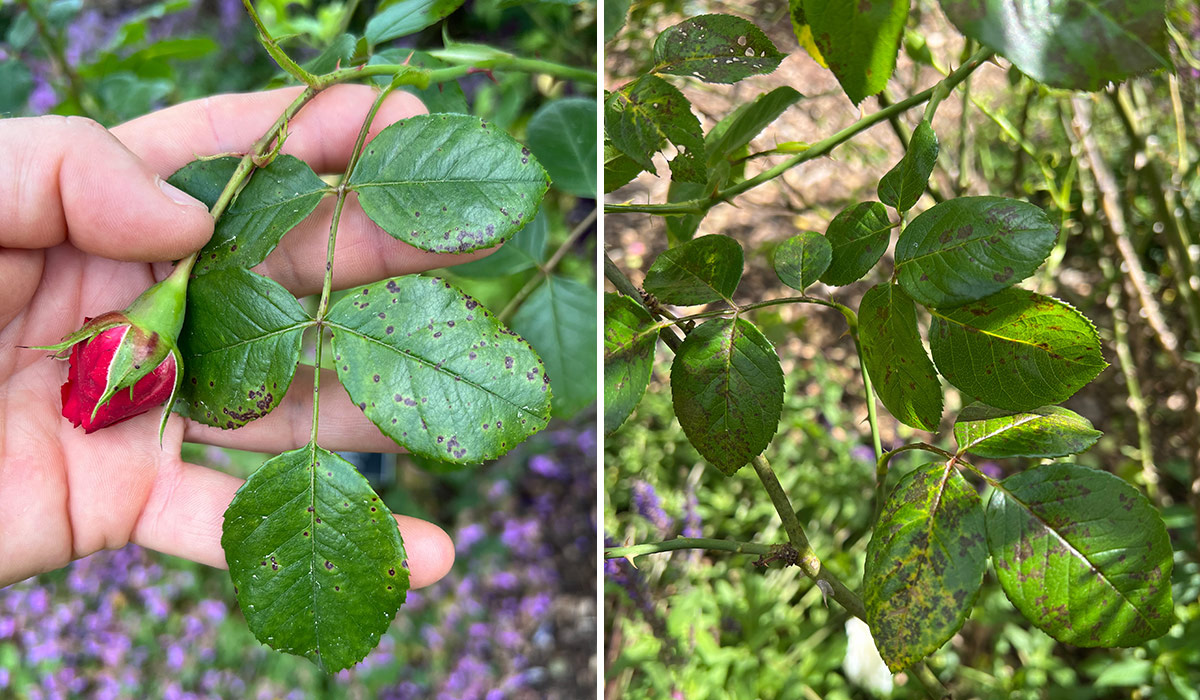
Fertilizing
Many cultivars will flower repeatedly all summer long. Due to their reblooming nature, they draw a significant amount of nutrients from the soil. To ensure your soil is providing what your roses need to continue flowering, nutrient levels should be monitored on a regular basis. A simple soil test performed every few years will provide the basic information needed to be sure your nutrient levels are within proper ranges and your pH is correct (pH of 6.5).
Generally, applying an all-purpose, organic, slow-release fertilizer early in the spring before the shrubs begin waking up is usually sufficient. Another product that can aid in providing fertility as well as a treatment for fungal pathogens is fish hydrolysate. This is a fish-oil product that can be applied as a soil drench or as a foliar spray. If used as a soil drench, it will significantly boost microbial activity in the soil. The soil-borne microbes are a key component in breaking down organic matter in the soil, which in turn allows plants to access these organic compounds in their new desirable nutrient forms. If applied as a foliar spray, the nutrients in the hydrolysate can be taken up through the leaf epidermis. The oily consistency of the product creates a coating on the leaf surface that fungal spores dislike, thus aiding in disease reduction. See more about fertilizing roses here.
Deadheading and pruning
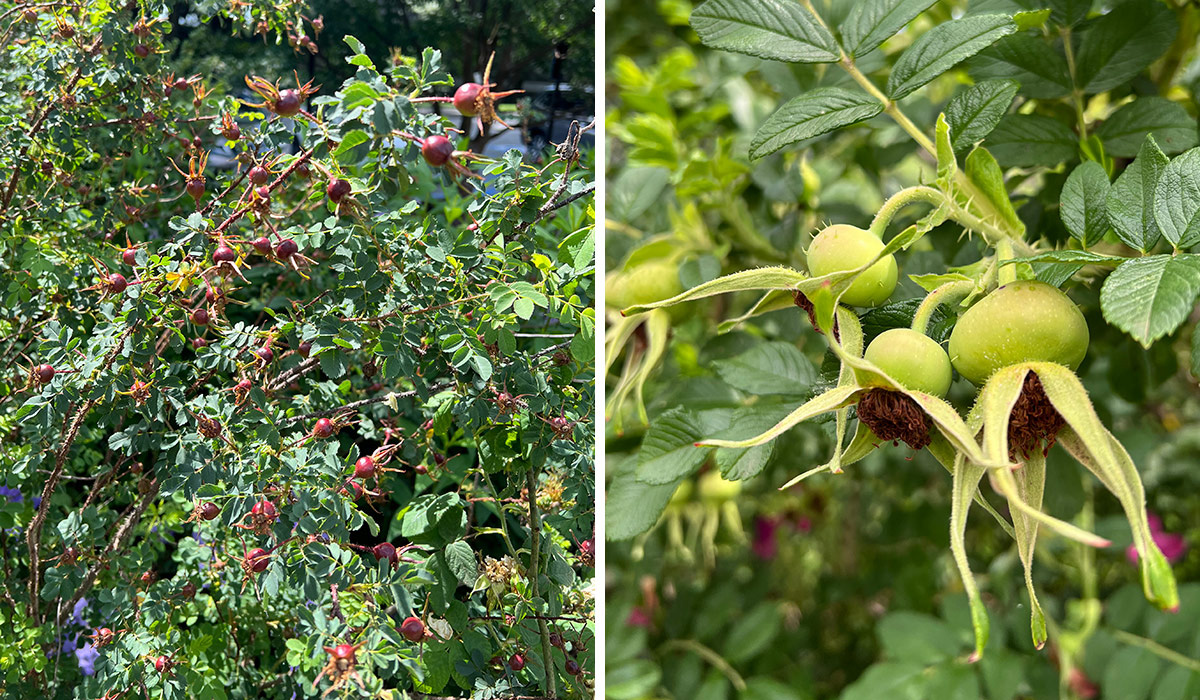
Pruning is also a key element of rose care. As buds begin to break in spring, remove dead, damaged, and diseased canes. This is also an opportune time to remove excessive canes and to shape your specimens as you see fit.
Cultivars that are remontant will benefit from deadheading. Removing spent blooms sends a signal to the shrub to begin the process of new shoot development, which will result in new blooms. However, many species roses or hybrid roses, such as rugosa types, often only flower one time, and deadheading will eliminate the production of the beautiful rose hips that they are well known for.
Rose Rosette Disease
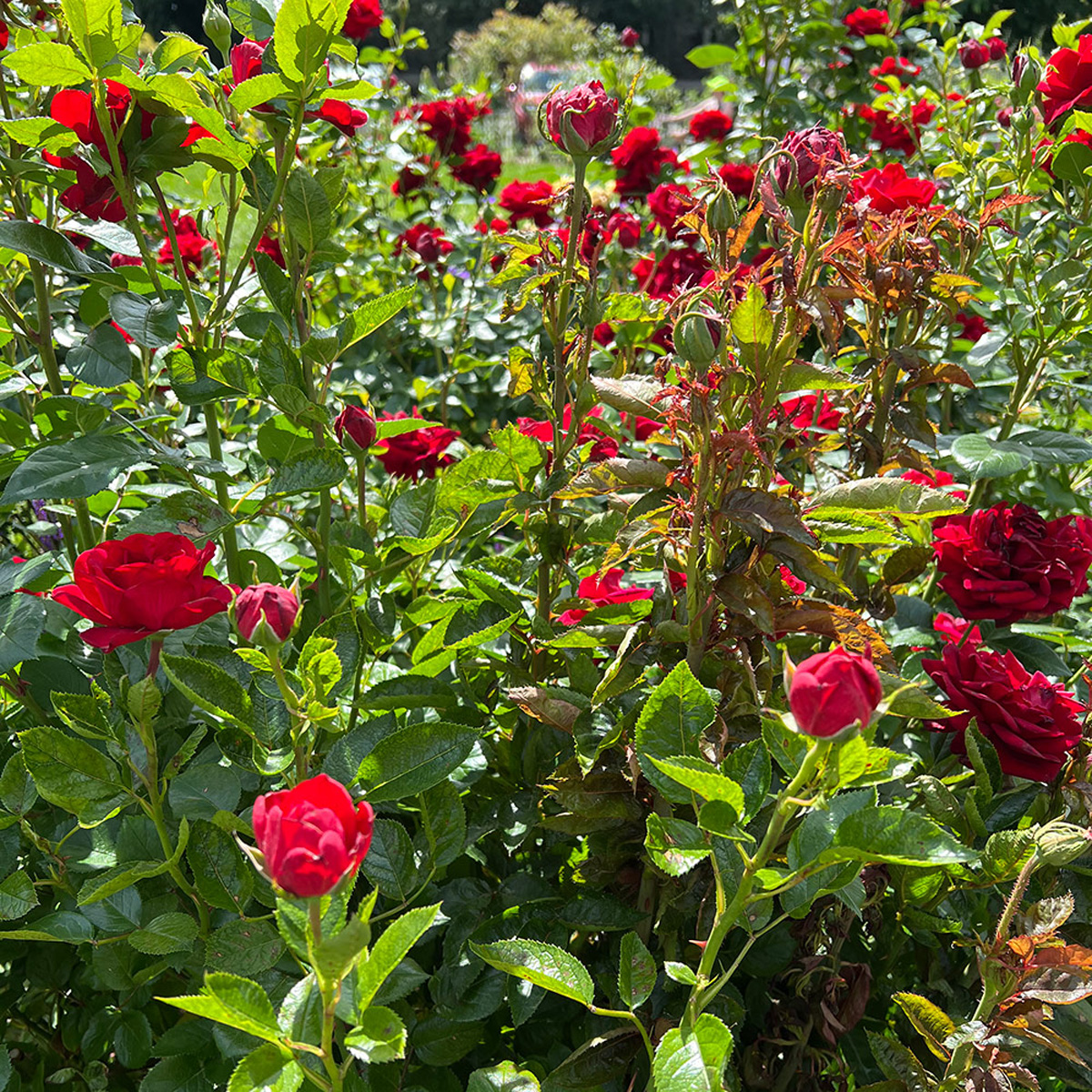
I would be remiss if I did not mention rose rosette disease (RRD), a virus that was discovered in the 1940s. If you observe individual or multiple stems of a rose with unusual growth, excessive thorns, malformed leaves, and distorted flowers, it likely has RRD. The virus is carried and moved around by a microscopic mite that feeds on roses. The mites can travel from plant to plant and are so small that they can even be blown by the wind. Unfortunately, there is no cure for RRD, so once your plant is infected, removal of the entire plant is recommended. The virus can also be transmitted from plant to plant via pruning tools. Thus, it is important to sanitize your pruning tools between each plant. A spray bottle of rubbing alcohol works well.
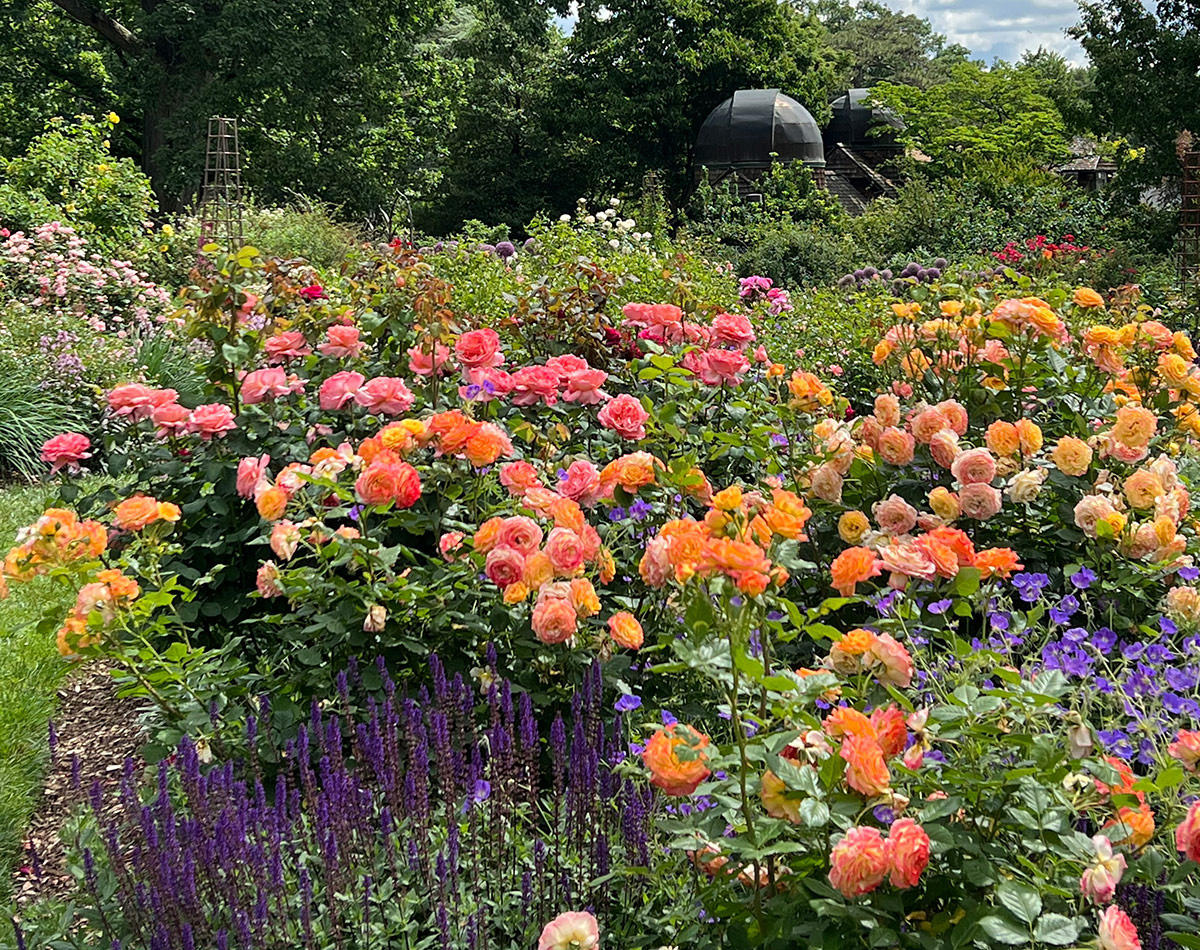
By selecting the best disease-resistant varieties for your garden, and providing the ideal growing conditions, roses can be beautiful both inside and out and be grown successfully for many decades of enjoyment with minimal input.
More on roses:
- The Best Roses for Your Garden
- Low-Maintenance Roses with Incredible Fragrance
- Create Perfect Conditions for Roses
And for more Mid-Atlantic regional reports, click here.
Adam Glas is a garden supervisor and rosarian at the Scott Arboretum of Swarthmore College in Swarthmore, Pennsylvania.
Photos: Adam Glas
Fine Gardening Recommended Products
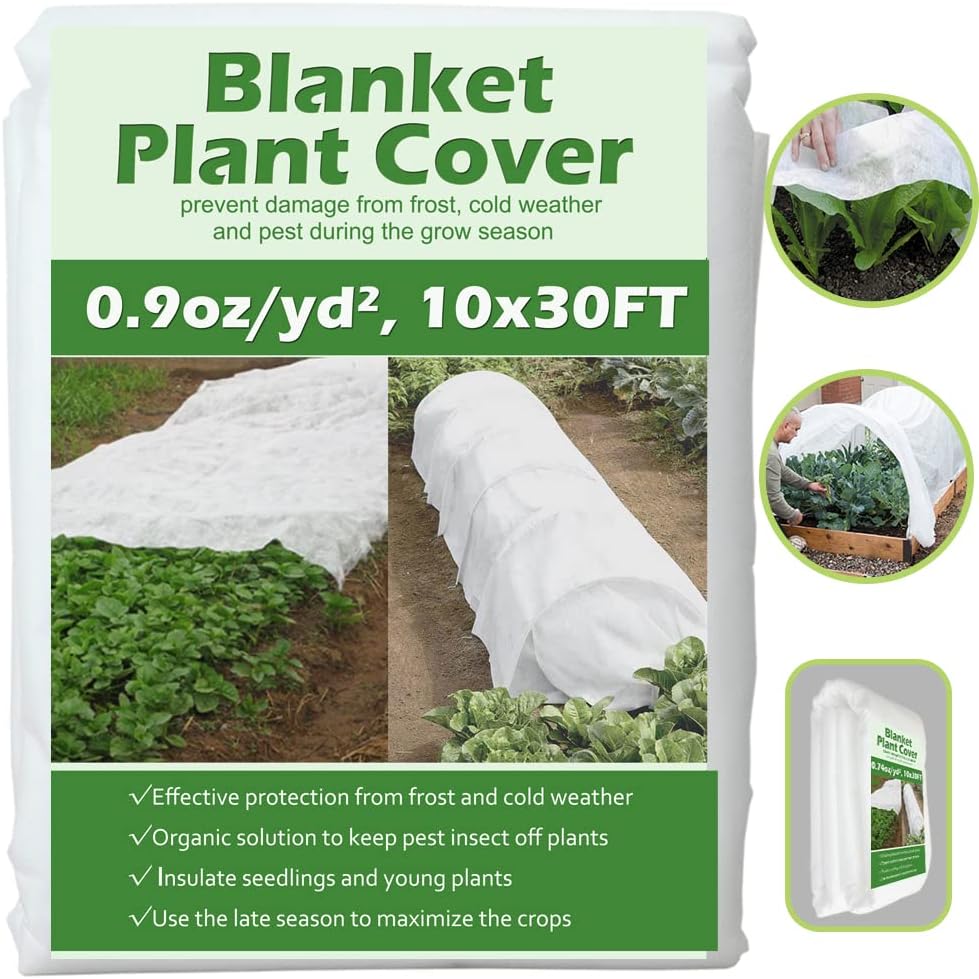
Plant Covers Freeze Protection 10 ft x 30 ft Floating Row Cover 0.9oz/yd²
Fine Gardening receives a commission for items purchased through links on this site, including Amazon Associates and other affiliate advertising programs.

Gardener's Log Book from NYBG
Fine Gardening receives a commission for items purchased through links on this site, including Amazon Associates and other affiliate advertising programs.

Fine Gardening receives a commission for items purchased through links on this site, including Amazon Associates and other affiliate advertising programs.




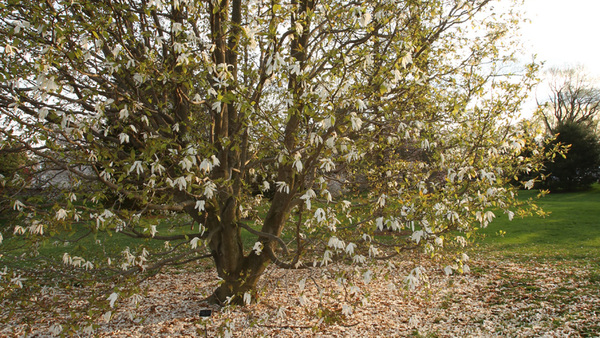


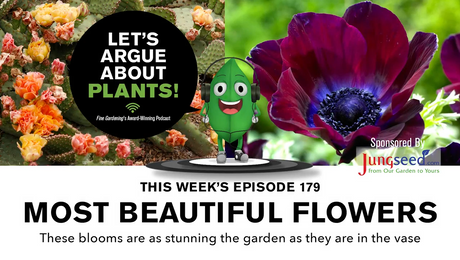











Comments
Log in or create an account to post a comment.
Sign up Log in